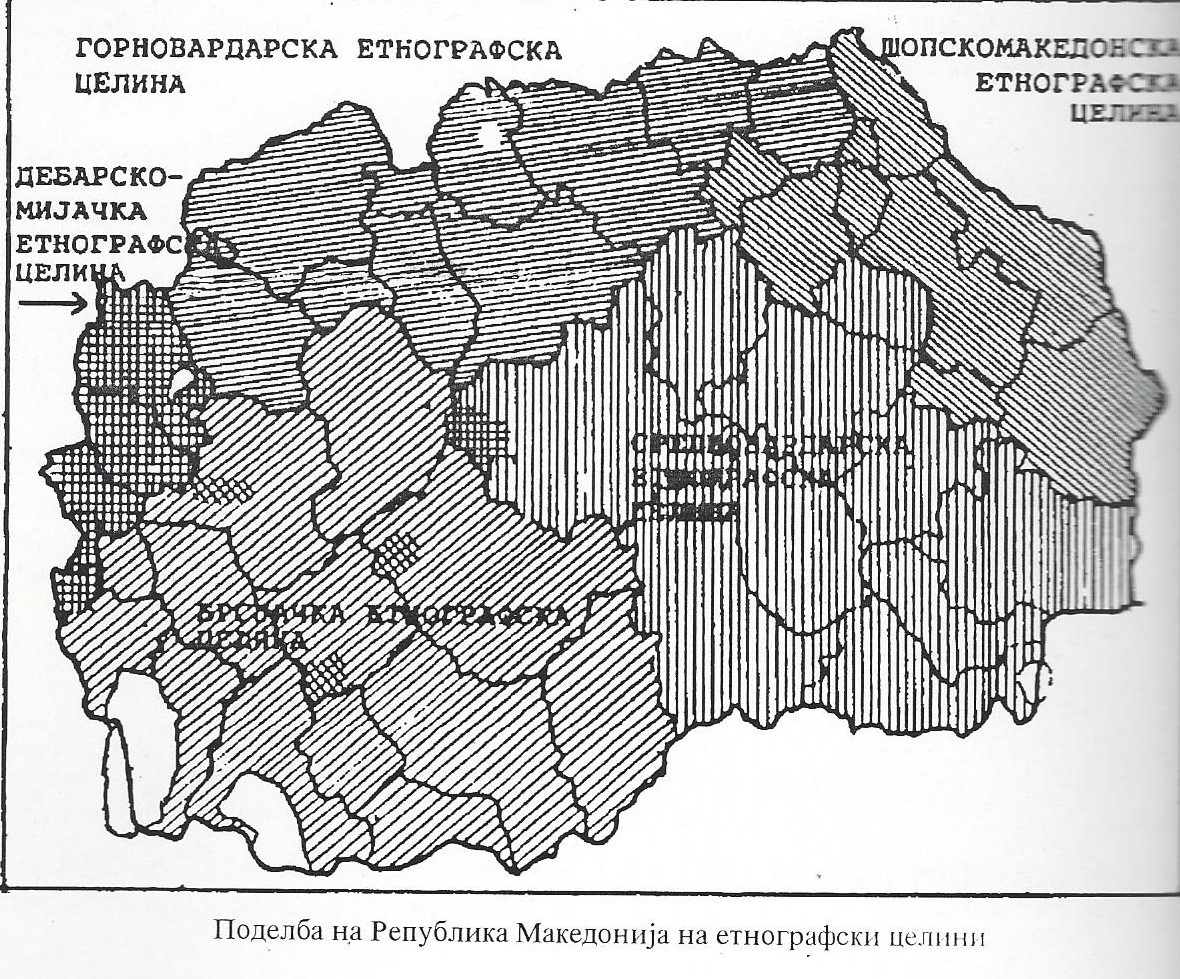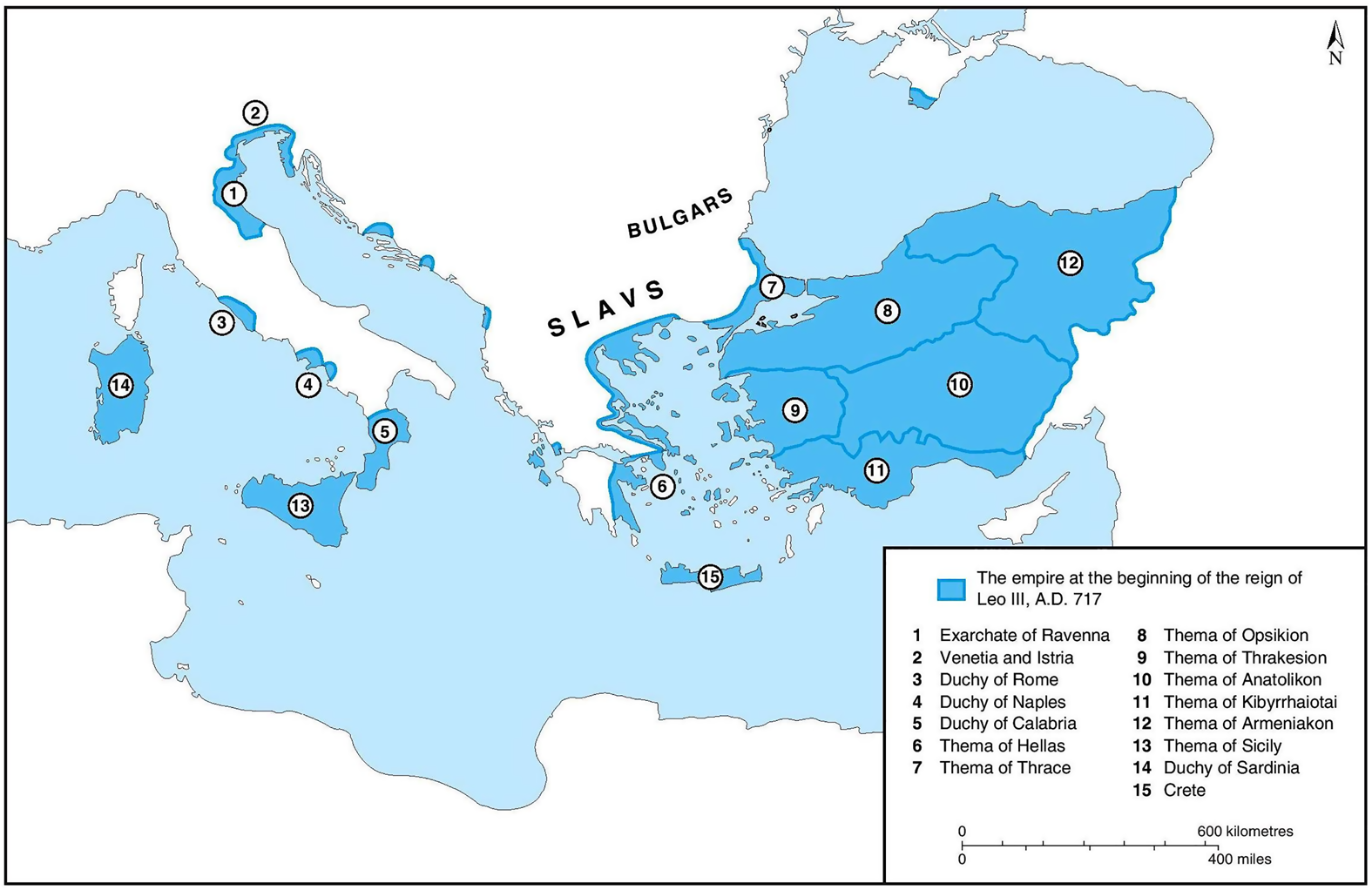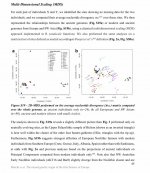I'm surprised that Paleolithic continuity is getting such a strong hearing so far. I have a strong feeling that an ancestor clade of I2a-Din passed through the Balkans or at least the Carpathian Basin, quite possibly I* or early I2* or I2a* or even IJ. But I2a-Din is waaay down the SNP tree, with none of its cousin clades having their centers of diversity in the Balkans. Looking at
Nordtvedt's tree makes it clear how young the clade is. And the "S" cluster, which is more common in the Balkans than the "N" cluster, is even younger than the clade as a whole.
So Paleolithic continuity requires either: (1) The STR dating is unreliable to the point of being junk, and the date is wrong nearly tenfold. Or (2) a massive bottleneck down to clusters N and S by ca. 2500 years ago, followed by an expansion of only N outside of the Balkans, followed by
another bottleneck of S, which then expanded in the Classical Age or later (maybe with the Illyrians)? (1) seems very unlikely to me and (2) doesn't seem to fit what we know about the history of the region or the other haplogroups in the region.
What migration pattern does fit the cluster dating? Well, an expansion out of a small subset of an expanding population from the North during the 1st millennium CE would fit it. Sounds like the Slavs, or at least a Southerly subset of them that mixed with I2a-Din people who could have been there well before the R1a carriers.












